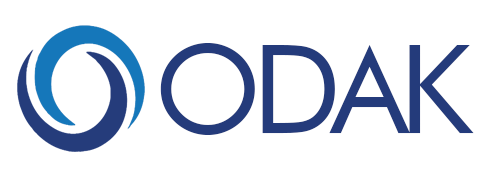New Jersey American Water Company discovered high levels of a toxic chemical in the Delaware River where it gets water for hundreds of thousands of customers. This resulted in a major search for polluters that led back to a Pennsylvania wastewater treatment plant and a South Jersey company (https://www.politico.com/news/2022/01/21/new-jersey-toxic-drinking-water-527621). The toxic chemical found is 1,4-Dioxane, which is a byproduct of plastic manufacturing that is considered a likely carcinogen by the federal government. The Delaware River and all of its tributaries provide drinking water to more than 13 million people along the East Coast. Officials blamed a gap and state and federal regulations that allowed this toxic chemical in the water supply.
Through tracking down the source of contamination, officials determined the source was coming from the Lehigh County Authority wastewater treatment facility in Allentown, Pennsylvania. The facility was accepting chemical waste from industrial facilities but was not looking for and unable to remove 1,4-Dioxane. In the summer of 2021, they identified Coim USA, a New Jersey chemical producer as the “main contributor” of 1,4-Dioxane (https://www.documentcloud.org/documents/21182222-hus-suspension-20210618). Coim claims it once sent 1,4-Dioxane accidentally to the Lehigh County Authority wastewater facility and denies responsibility for polluting the river, although officials state levels of the toxic chemical declined after the Lehigh County Authority stopped accepting waste from Coim.
This isn’t the first time this chemical has been a concern. A 2014 study from Worcester Polytechnic Institute researched the adsorption effectiveness of 1,4-Dioxane on granular activated carbon with regeneration by titanium dioxide and ultraviolet light. Results suggested that the use of GAC regeneration with a UV photocatalytic reactor and TiO2 nanoparticles was very promising; however, further research should be conducted (https://web.wpi.edu/Pubs/E-project/Available/E-project-042814-140444/unrestricted/MQP_Paper_Final.pdf). 1,4-Dioxane is commonly found in laundry detergent, dish soap, body wash, and shampoo.
Odak's K500 water filtration system is NSF certified to filter and reduce a variety of contaminants including, but not limited to: Asbestos, Chlordane, Cyst, Lead, MTBE, Mercury, PCB, Toxaphene, VOC
